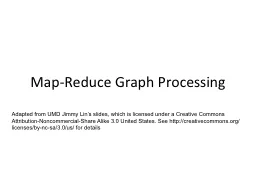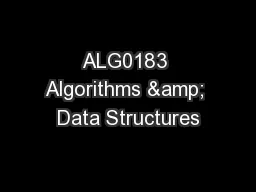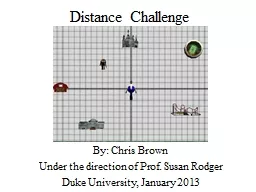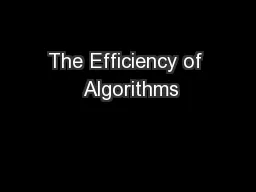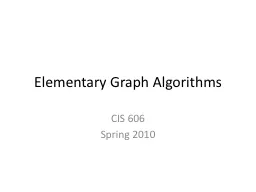PPT-Graph Algorithms Adapted from UMD Jimmy Lin’s slides, which
Author : pamella-moone | Published Date : 2019-10-31
Graph Algorithms Adapted from UMD Jimmy Lins slides which is licensed under a Creative Commons AttributionNoncommercialShare Alike 30 United States See httpcreativecommonsorglicensesbyncsa30us
Presentation Embed Code
Download Presentation
Download Presentation The PPT/PDF document "Graph Algorithms Adapted from UMD Jimmy ..." is the property of its rightful owner. Permission is granted to download and print the materials on this website for personal, non-commercial use only, and to display it on your personal computer provided you do not modify the materials and that you retain all copyright notices contained in the materials. By downloading content from our website, you accept the terms of this agreement.
Graph Algorithms Adapted from UMD Jimmy Lin’s slides, which: Transcript
Download Rules Of Document
"Graph Algorithms Adapted from UMD Jimmy Lin’s slides, which"The content belongs to its owner. You may download and print it for personal use, without modification, and keep all copyright notices. By downloading, you agree to these terms.
Related Documents

